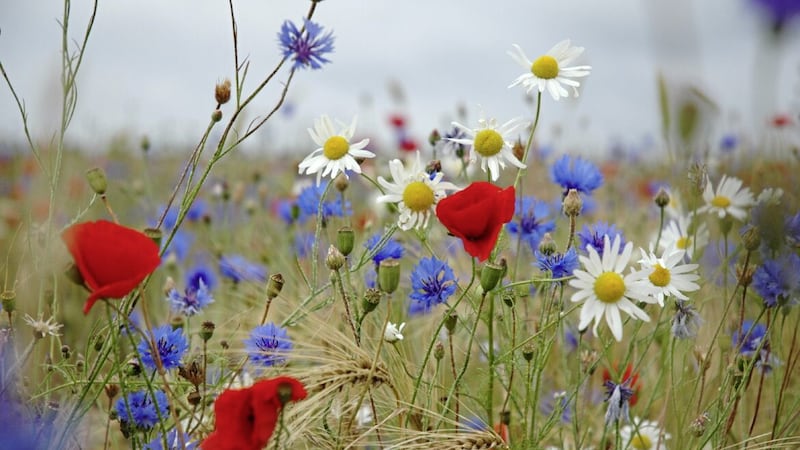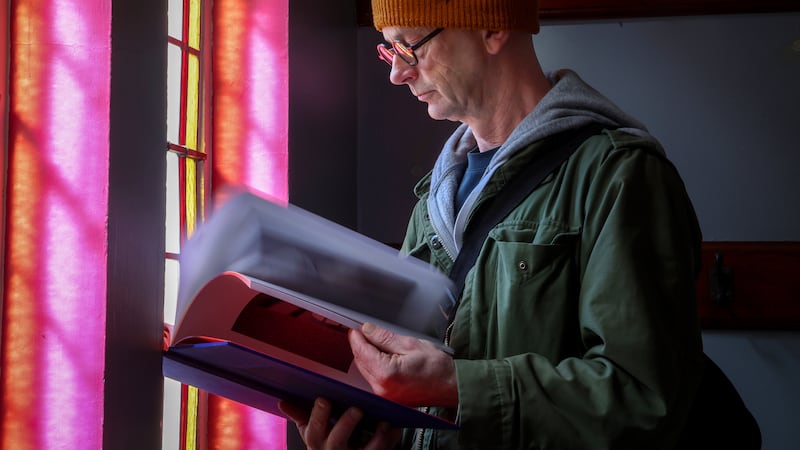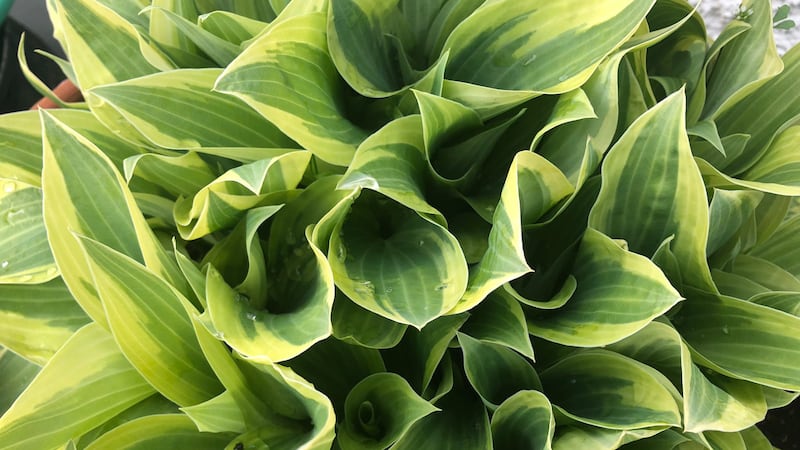THIS column has been something of a cheerleader in the move away from manicured lawns to more natural planting and landscaping.
Growing awareness of the impact of climate change and an associated biodiversity crisis has prompted many gardeners to ditch the traditional, formal approach in favour of something more free flowing and raw.
We are encouraged to leave our grass unmown for an entire month and be more tolerant of what a previous generations would have dismissed as weeds. Pesticides and herbicides are frowned upon, while the use of invasive aliens is increasingly discouraged.
The idea of planting wildflowers dovetails perfectly with this new philosophy. Ostensibly it's a win-win situation in which pollinators thrive, while we enjoy colourful floral displays that evoke memories of lost meadows.
However, as neat, ordered rose beds have given way to roadside verges of breezy, dancing poppies and municipal bedding has been replaced by less regimented planting, there's been a growing backlash against these increasingly prevalent seas of grasses and multicoloured flowers. The outcry has come not from the conservative old guard but from a new breed of environmental purists, who question the authenticity and provenance of the plants used.
While the so-called wildflower mixes of annuals sold in garden centres may produce an arresting, long-lasting spectacle – an idealised version of prairie planting – they may not provide the ideal habitat for our indigenous insects and could also pose a long-term threat to our distinctive native flora. The concern is that the prevalence of seeds sourced outside of Ireland will contaminate and dilute the native gene pool, destroying the characteristics that make our plants unique. Meanwhile, the imported mixes fail to provide the necessary nectar and pollen for foraging insects. The symbiosis between plants and fauna has evolved over millennia, with wildlife responding instinctively to colours and scents. Messing with these relationships, albeit with the best intentions, can play havoc with vulnerable insect populations.
On top of the concerns about the make-up of wildflower mixes, there are also misgivings about the methods used to create these eye-catching displays. It may sound counterintuitive, but these purported natural planting schemes demand a lot of labour-intensive preparation, which often involves destroying native but less glamorous wildflowers with glyphosate to clear the area of existing vegetation that'll hinder growth.
Dr Noeleen Smyth, an assistant professor in environmental horticulture at University College Dublin, recently compared the increased use of non-native plants in naturalised settings as akin to allowing alien animals loose on the environment.
"Just as we enjoy seeing exotic animals from all over the world in a zoo and keeping domestic pets in our home environments, we would never tolerate a herd of roaming elephants, or cats and dogs wandering in packs around our housing estates," the qualified botanist and chartered horticulturalist wrote.
"Seeing exotic wildflowers in our wider environment is as shocking to me as seeing a herd of elephants on the N7. We need to address the real elephant in the room which is the continued sale and use of inappropriate wildflower seed mixes."
While you may sacrifice something in terms of conventional aesthetics, it's recommended that if you really want to help promote biodiversity you source seeds from a local seed bank. Or perhaps stop mowing your grass for a few weeks and see what appears. The dormant seeds of natives like field poppy, devil's-bit scabious, clover and vetches are likely waiting patiently below ground for their opportunity to thrive.









